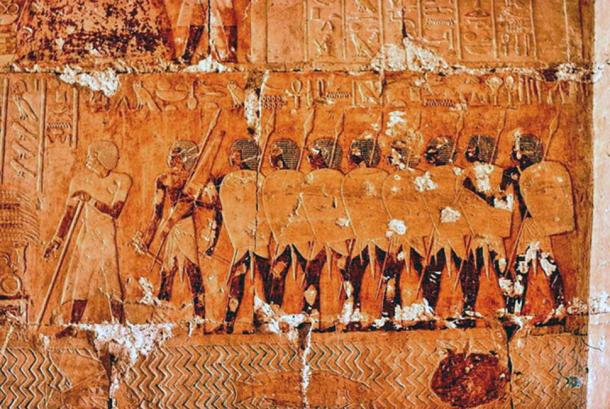She oversaw the most famous egyptian expedition to the land of Punt
On the East African coast, off the southernmost edge of the Red Sea, the Land of Punt was an ancient kingdom and trading center. The country is famed for Queen Hatshepsut's epic expedition in 1493 BC, which took place during Egypt's 18th Dynasty. This exchange between Egypt and Punt resulted in the first recorded successful attempt at transplanting exotic animals back to Egypt. However, this is only the most well-known expedition to Punt; evidence suggests that Egyptians traded with the Land of Punt as early as the time of Pharaoh Khufu during Egypt's Fourth Dynasty (c. BC), if not before.
Among other things, Punt is noted for producing and exporting gold, myrrh, blackwood, ebony, ivory, and animals. Hatshepsut approved and led the planning for Egypt's most famous journey to the Land of Punt. Ebony, obsidian (volcanic glass), myrrh, fauna, and agarwood were brought back to Egypt from Punt in exchange for Egyptian linen, grain, and papyrus. Hatshepsut's Punt mission was a diplomatic victory for her, and it is said that no other Egyptian pharaoh had ever achieved such success. Furthermore, historians consider Punt to be ancient Egypt's traditional trading partner, based on this successful mission.
Although trade between Egypt and Punt was long-established, Hatshepsut's 1493 BC journey is particularly noteworthy. This could be because this transaction was more significant than others, but evidence suggests that the gods commanded Hatshepsut to re-establish the connection after the road to Punt was lost. Hatshepsut made the first journey, according to Wilson.







